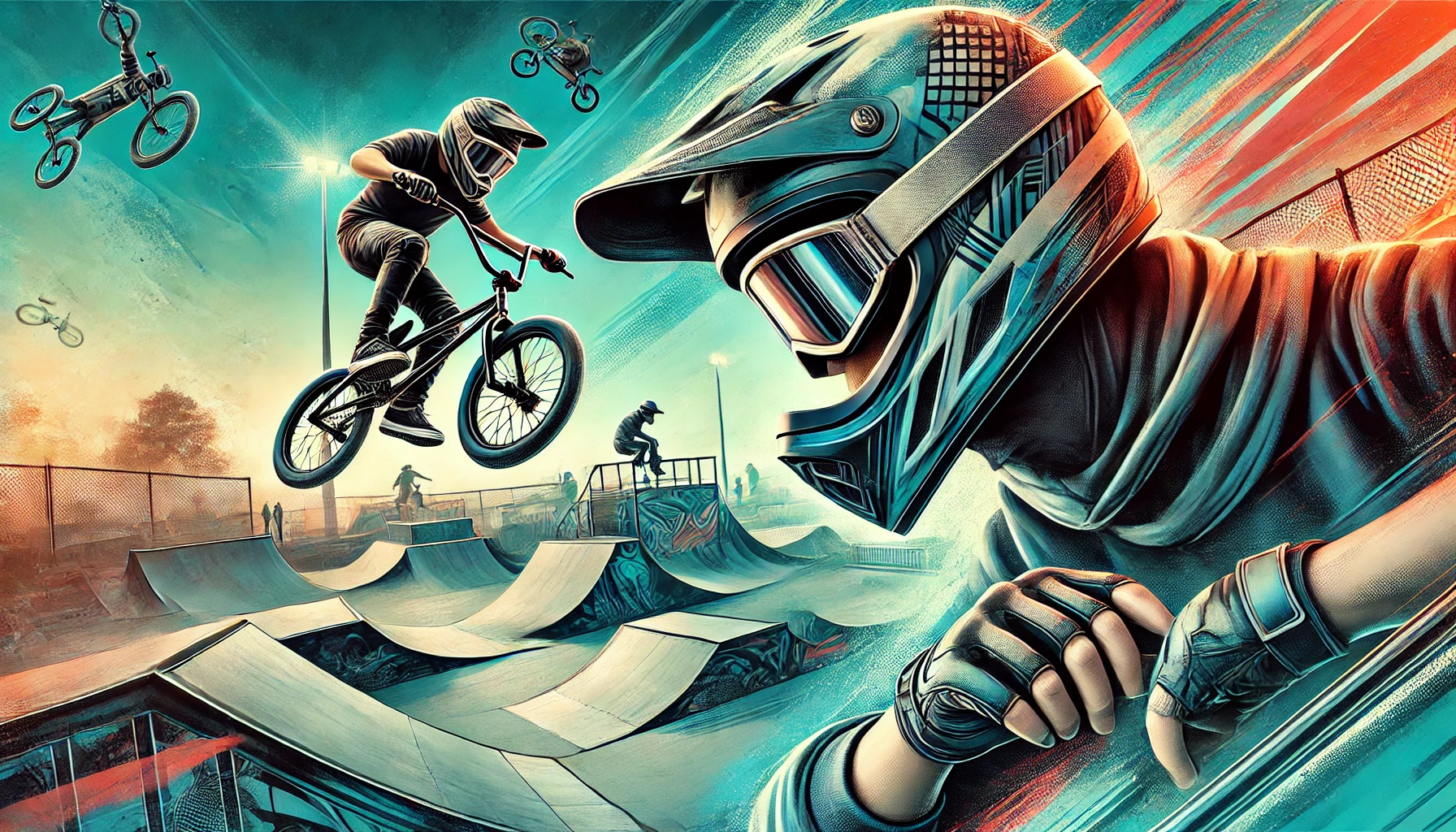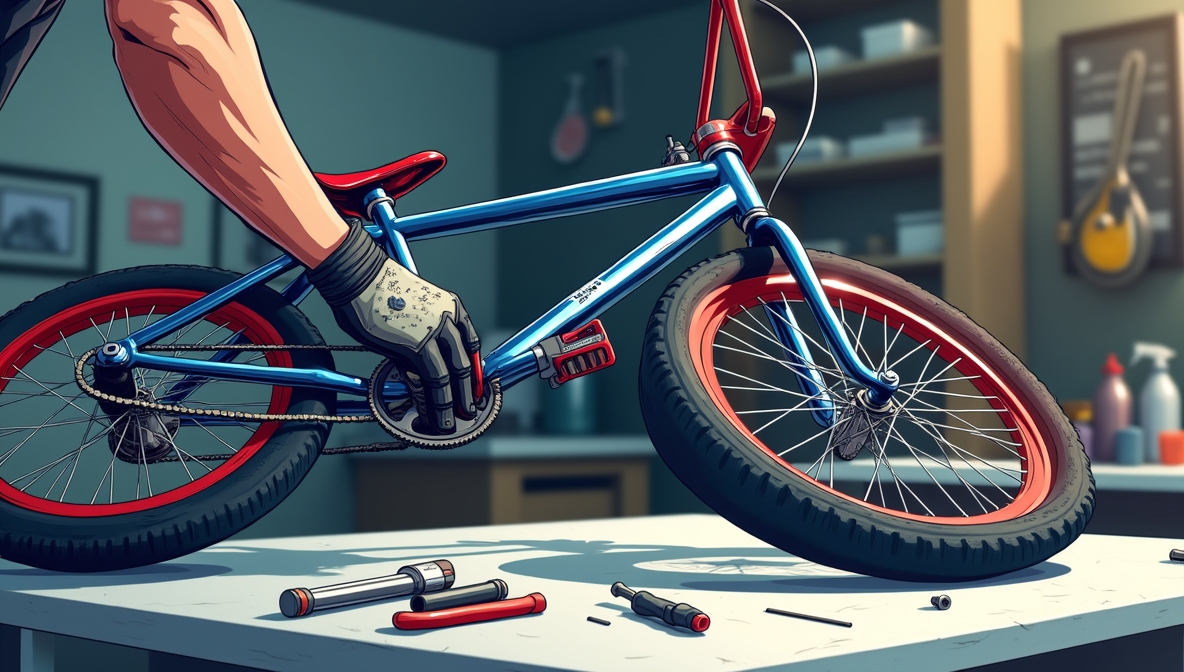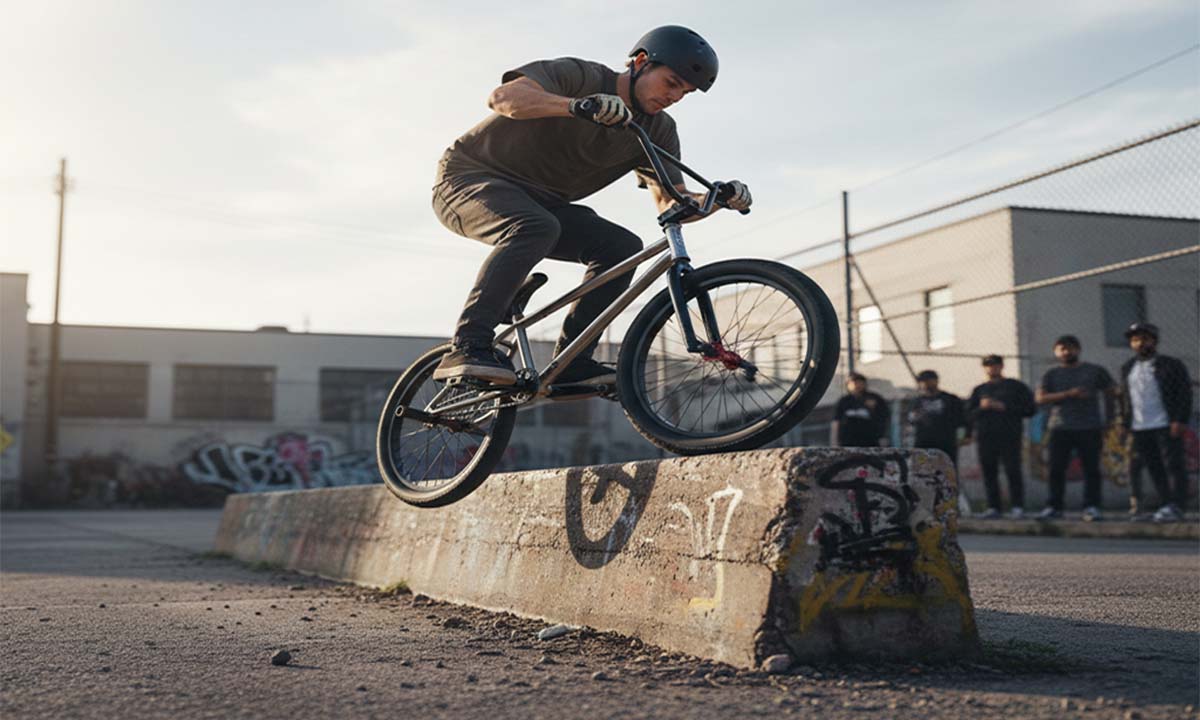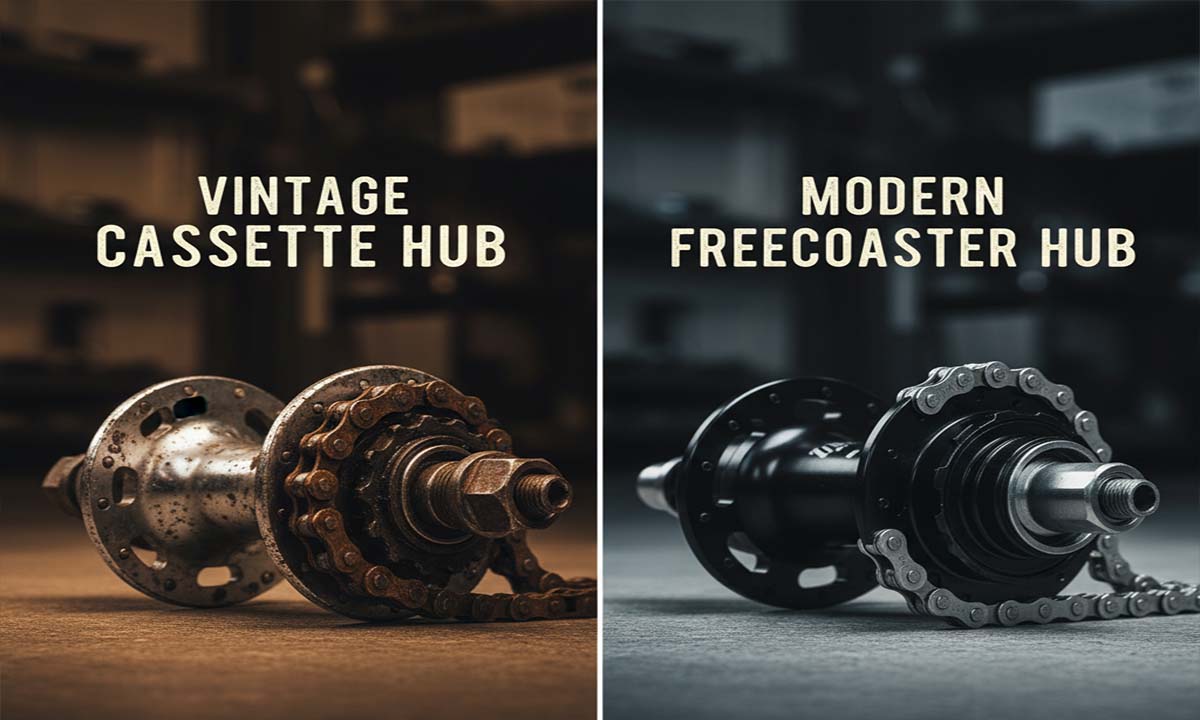BMX Helmet Guide: How to Choose the Right One for Safety

Crashing your bike without a helmet can feel like getting slammed into concrete by a freight train. A helmet is the only thing standing between your head and the kind of impact that can change your life forever. Yet, a lot of people still grab just any helmet, assuming they’re all the same. They aren’t.
Picking the right BMX helmet isn’t just about grabbing the first one that looks cool. It’s about protection, fit, comfort, and even the way it interacts with your riding style. Whether you’re hitting dirt jumps, racing, or riding street, the wrong helmet could let you down when you need it most. Let’s break down what actually matters.
Types of BMX Helmets
Different BMX styles need different kinds of protection. A street rider and a racer don’t face the same risks, so their helmets shouldn’t be the same either.
Full-Face Helmets
These cover the entire head and have a chin bar, just like a motocross helmet. If you’re into BMX racing or aggressive dirt jumping, this is your best bet.
- Offers the most protection
- Shields your jaw and face from impact
- Can feel heavier and hotter
Half-Shell Helmets
These are the classic BMX helmets you see at skateparks and on the streets. They cover the top and back of your head but leave the face exposed.
- Lighter and more breathable
- Better for street, park, and flatland riders
- Won’t protect your face in a crash
What Makes a Good BMX Helmet?
A good helmet isn’t just about protection. It should also be comfortable enough that you actually wear it. Here’s what to look for.
Fit and Sizing
A helmet that doesn’t fit right is almost as bad as no helmet at all. If it’s too loose, it can shift on impact, reducing its effectiveness. Too tight, and you’ll hate wearing it.
- The helmet should sit level on your head, not tilted back
- Straps should form a snug “V” under your ears
- No wiggling when you shake your head
The best way to get the right fit? Try it on. Every brand has slightly different sizing, so don’t assume you’re a medium in all helmets.
Safety Certifications
A cheap helmet that looks good but isn’t certified is like a fake seatbelt—it might look like it works, but it won’t save you when it counts.
- CPSC (Consumer Product Safety Commission) – The minimum standard for BMX helmets in the U.S.
- ASTM F2032 – A BMX-specific certification that tests for tougher impacts.
- DOT or Snell – Found in full-face helmets for racing.
Helmet Construction: EPS vs. EPP
The inside of a helmet is usually made from one of two types of foam:
- EPS (Expanded Polystyrene): The standard for most helmets. It absorbs impact but doesn’t bounce back, meaning if you crash hard, you need a new helmet.
- EPP (Expanded Polypropylene): More flexible and can take multiple impacts. Found in high-end helmets.
Ventilation and Comfort
Let’s be honest—no one wants to ride in a helmet that feels like an oven. Ventilation is key, especially for park and street riders who aren’t getting the same airflow as someone racing at high speed.
- More vents = better airflow but less protection
- Padding inside should wick sweat, not just soak it up
- A good chin strap keeps the helmet secure without digging into your skin
Straps and Buckles Matter More Than You Think
A helmet that flies off during a crash is useless. The strap and buckle system is what keeps it in place when things go sideways.
- Look for adjustable straps that don’t twist easily
- Magnetic buckles are great for quick fastening but can be pricey
- Traditional plastic buckles are reliable but can pinch if not adjusted right
MIPS and Rotational Impact Protection
MIPS (Multi-Directional Impact Protection System) is a game-changer in helmet safety. It allows the helmet to rotate slightly on impact, reducing the rotational forces that can mess up your brain.
Not every BMX helmet has MIPS, but if you’re serious about safety, it’s worth the extra money.
Should You Replace Your Helmet?
Helmets don’t last forever. Even if you haven’t crashed, the materials break down over time.
- If you crash hard and your helmet takes an impact, replace it—even if it looks fine
- Sun and sweat degrade the foam, so swap your helmet out every 3-5 years
- If the straps start fraying or the shell is cracking, it’s time for a new one
Helmet Care: Making It Last
A BMX helmet isn’t cheap, so take care of it.
- Don’t leave it in a hot car—heat can weaken the foam
- Clean it with mild soap and water, not harsh chemicals
- Store it somewhere cool and dry, not thrown in the bottom of your gear bag
Looks Matter, But Safety Comes First
It’s tempting to pick a helmet based on looks, but that should be the last thing on your list. A flashy helmet won’t do much if it doesn’t fit right or lacks proper safety features.
That being said, if you have a choice between two equally safe helmets, get the one you actually like. If you don’t like how it looks, you’re less likely to wear it.
Final Thoughts
A BMX helmet isn’t just gear—it’s your last line of defense when things go wrong. Picking the right one isn’t about grabbing whatever looks cool. It’s about finding the best mix of safety, comfort, and durability so you’ll actually wear it every time you ride.
Take the time to find the right fit, check for proper certifications, and don’t cheap out on safety. Your head deserves better than a second-rate helmet.


